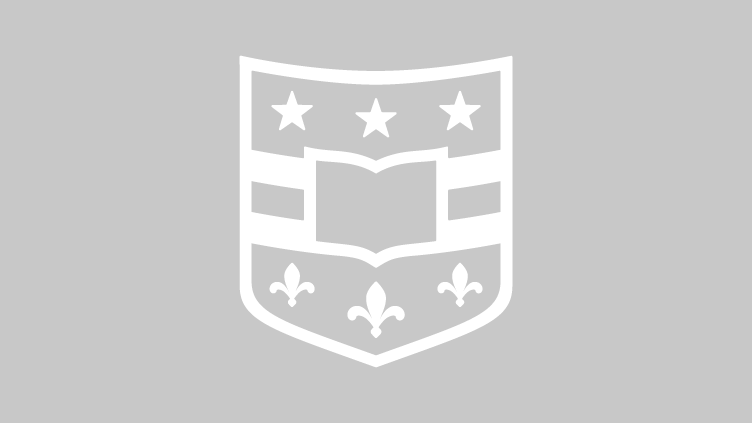Protein found that rallies biological clock
Eric ChouTesting the wake-sleep cycleA biologist at Washington University in St. Louis and his collaborators have identified the factor in mammalian brain cells that keeps cells in synchrony so that functions like the wake-sleep cycle, hormone secretion and loco motor behaviors are coordinated daily.
Interfering with vagal nerve activity in mice prevents diabetes and hypertension
SemenkovichInterrupting nerve signals to the liver can prevent diabetes and hypertension in mice, according to scientists at the School of Medicine. The finding is reported in the February issue of the journal Cell Metabolism. A research team led by Clay Semenkovich surgically removed the vagus nerve in mice and found the procedure prevented or reversed the development of insulin resistance and high blood pressure in mice primed to develop these disorders through treatment with glucocorticoids.
Genetic fingerprints identify brain tumors’ origins
GutmannGenetic fingerprints that reveal where a brain cell came from remain distinct even after the cell becomes a brain tumor, an international coalition of scientists will report in the February 1 issue of Cancer Research. The finding adds a new layer of complexity to the quest to understand the causes of childhood brain cancers, according to senior author David Gutmann.
Peipert named Robert Terry Professor of Obstetrics and Gynecology
PeipertJeffrey Peipert has been named the Robert J. Terry Professor of Obstetrics and Gynecology at the School of Medicine. The appointment was announced by Larry J. Shapiro, executive vice chancellor for medical affairs and dean of the School of Medicine. Peipert is the first person to hold the professorship, which was established in honor of Robert J. Terry, professor and head of the School of Medicine’s Department of Anatomy from 1900 to 1941.
Kharasch named Shelden Professor of Anesthesiology
Evan Kharasch has been named the Russell D. and Mary B. Shelden Professor of Anesthesiology at the School of Medicine. This is the second anesthesiology professorship established through gifts from the Sheldens. Russell Shelden is an anesthesiologist and graduate of the School of Medicine who earned his medical degree in 1949.
Michael Marrah and Bradley Castanho named co-directors of technology management office
Michael Marrah and Bradley Castanho have been named assistant vice chancellors for research and co-directors of the Office of Technology Management (OTM) at Washington University. Together, they bring expertise in business, science and law to the OTM, which is charged with identifying University discoveries that have commercial potential and licensing them to private companies, where the technology can be developed for the benefit of the public.
Scientists to assess effects of multiple copies of genes on disease risk
Scientists at the School of Medicine in St. Louis and the biotech firm Nimblegen Systems Inc. have successfully tested a technique for identifying newly recognized DNA variations that may influence disease risk.
Rather than focus on errors and alterations in DNA sequence, the new technique highlights variations in the number of copies of a particular gene.
Disabling key protein may give physicians time to treat pneumonic plague
The deadly attack of the bacterium that causes pneumonic plague is significantly slowed when it can’t make use of a key protein, scientists at the School of Medicine report in this week’s issue of Science.
School of Medicine hosts second annual Student, Faculty and Staff Art Show
It’s been said that medicine keeps people alive, but art makes life worth living. Through Feb. 26, more than 50 people are exhibiting their paintings, photographs, sculptures, ceramics and mixed media in the first floor atrium of the School of Medicine’s Farrell Learning and Teaching Center. The pieces are part of the third annual Student, Faculty and Staff Art Show, sponsored by the Washington University School of Medicine Arts Commission.
Older adult volunteers needed for memory imaging study
Investigators at the School of Medicine are conducting a study to investigate factors related to memory in older adults. They are seeking healthy volunteers between 70 and 75 years of age who have siblings also willing to participate. Study participants will undergo a magnetic resonance imaging (MRI) scan to determine the structure of the brain and a positron emission tomography (PET) scan to analyze amyloid levels in the brain.
Older Stories
